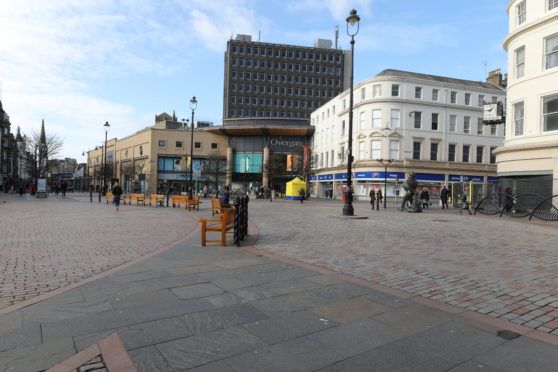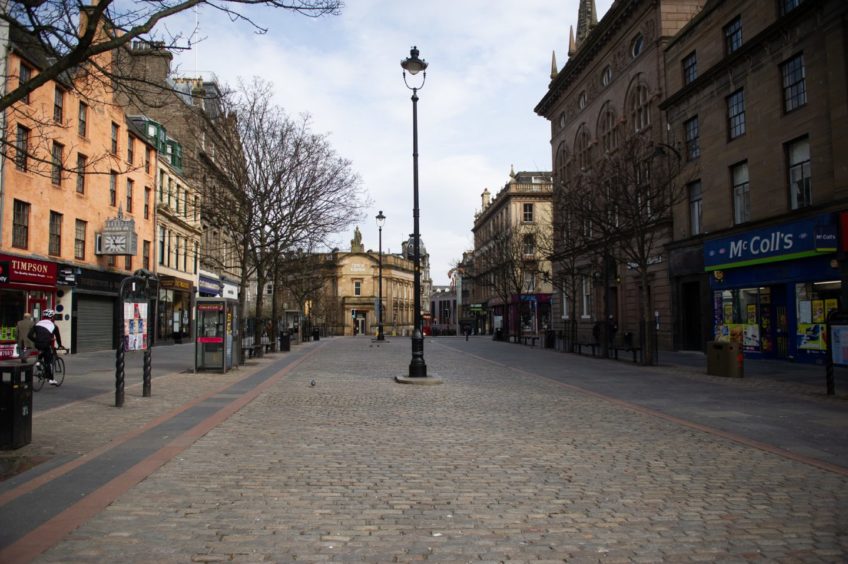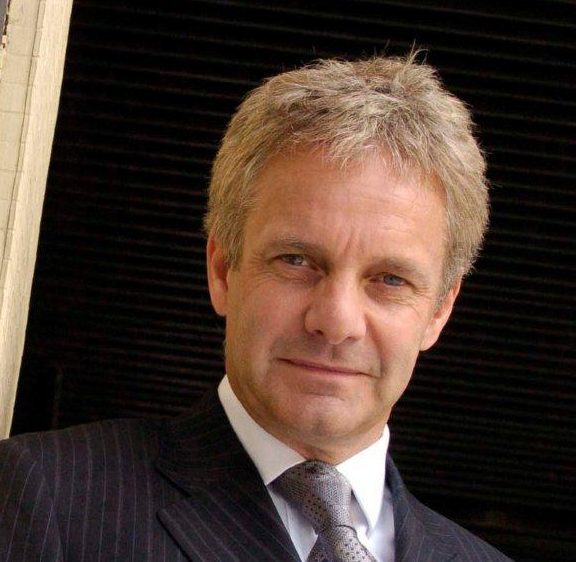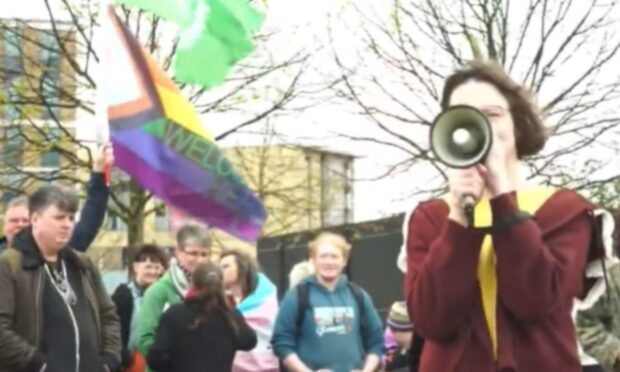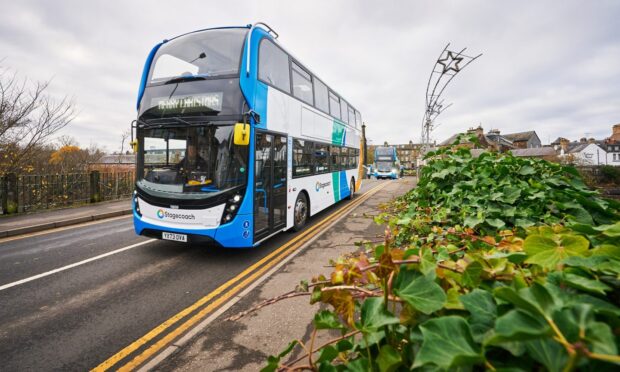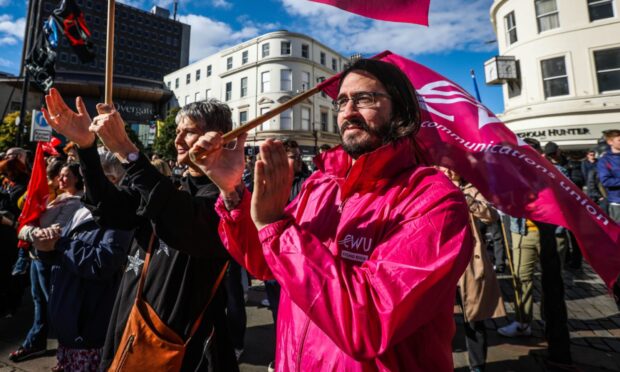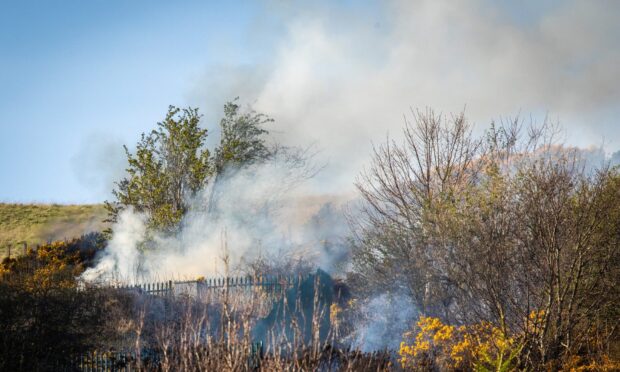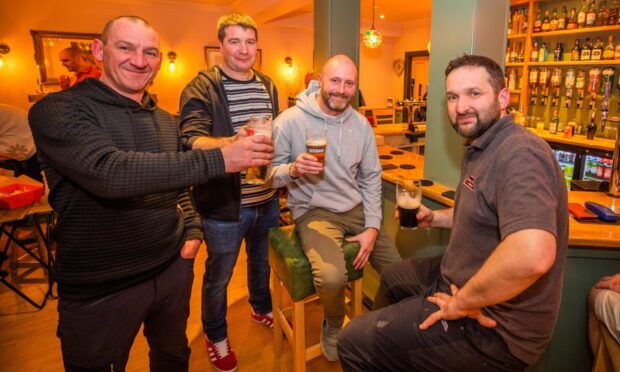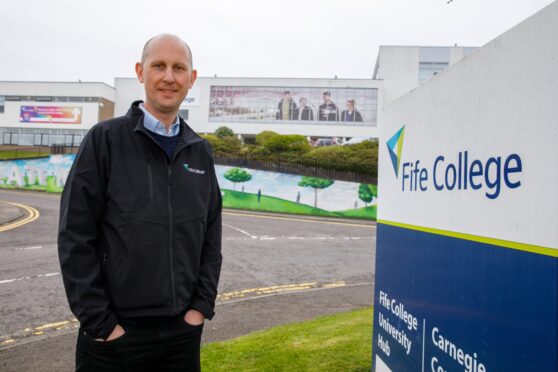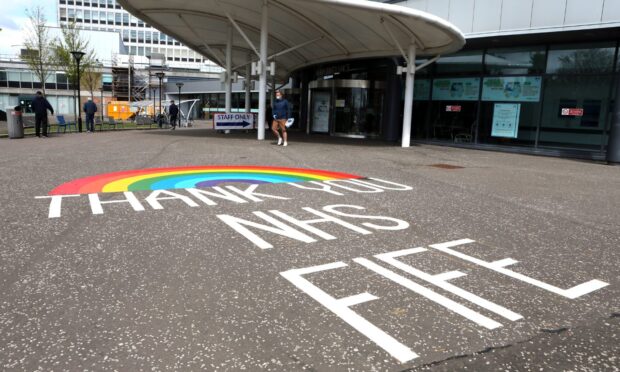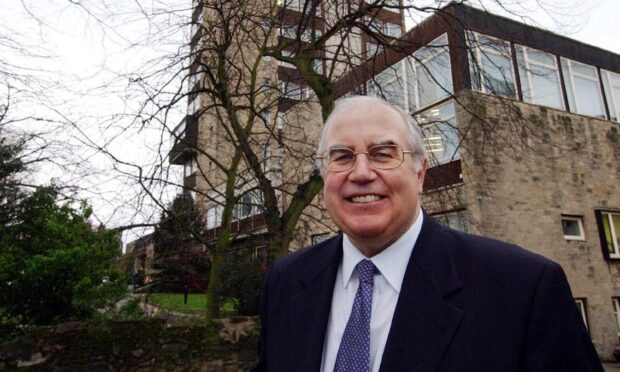Trade chiefs have warned the leisure industry in Scotland is facing “the worst situation we’ve ever had” as social distancing measures decimate footfall for local businesses.
Location data published by Google this week illustrates the scale of the challenge facing firms across the country as the number of people visiting a range of businesses drops off a cliff in the wake of the coronavirus pandemic.
The tech giant has released information showing people’s movements in more than 130 countries in a bid to help public health officials understand responses to social
distancing guidance.
The report includes detail on categories such as retail and recreation, grocery and pharmacy, transport hubs and residential areas. The footfall is then compared with a baseline value recorded earlier this year.
The figures show mobility around venues such as restaurants and cafes has dropped off by nearly 82% in Scotland since social distancing measures came into place, with rates falling by 88% in Moray, 86% in Aberdeen and 83% in Dundee.
Many restaurants and cafes have switched to providing delivery or takeaway services in light of the lockdown but the extent of the decline will raise concerns over whether customers are choosing to just stay away entirely.
Retailers working in groceries, food markets and pharmacies have experienced similar issues, with a 41% drop in footfall across Scotland, and a decline of 52% in Dundee and 49% in Shetland.
Paul Waterson, honorary president of the Scottish Licensed Trade Association, said it is vital government grants for struggling businesses are made available as soon as possible and warned licensed premises are facing particular difficulties.
He said: “By and large we are closed, and you can imagine the difficulties that brings. The biggest concern right now is the next pay day. If the Government doesn’t transfer the money in on time, no one will have the cash to pay their staff.
“The other concern is how long this will go on for. It’s as worrying as it’s ever been. It’s the worst situation we’ve ever had.”
The location data reveals more people are being recorded in residential areas rather than travelling to shopping districts, with the highest increases in Scotland being listed as 30% and 27% in Aberdeen and Aberdeenshire respectively.
It also shows a nearly 54% drop in Scots being recorded at places of work and a more than 60% fall in people visiting bus, subway and train stations.
Mr Waterson warned businesses are facing further uncertainty over the long-term impact of the virus on tourism.
He said: “Looking at the experience of other countries, after the peak hits here it will start to come back down.
“What we don’t know is what that will mean in terms of tourism and people going out. Hopefully, when thing come back, people will appreciate their pubs and bars a bit more.
“I think what the industry needs to know is what is going to happen with travel. Will we have to rely on UK visitors? When will we be able to bring people back in?
“We also need to know when the grants will be coming in and when the money will be available. That uncertainty is really difficult.”
